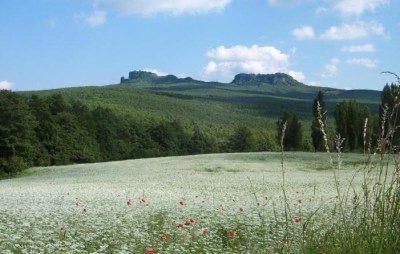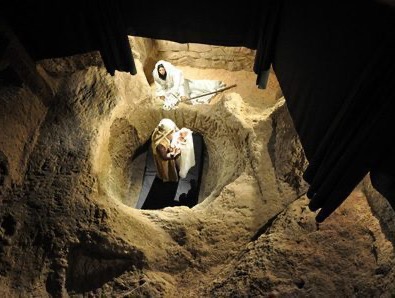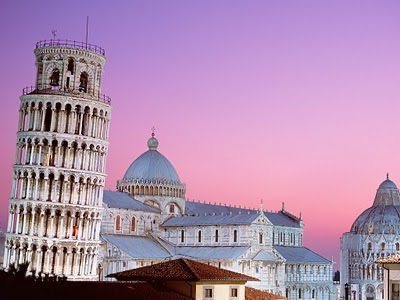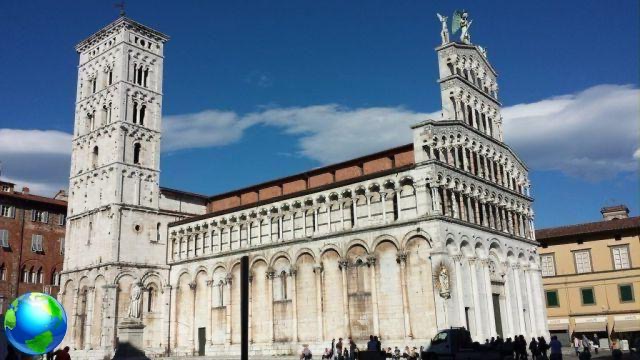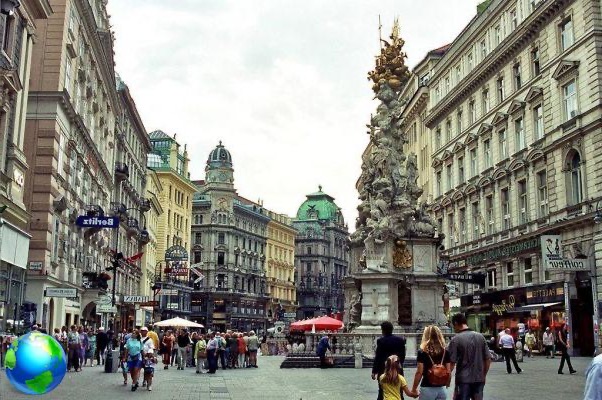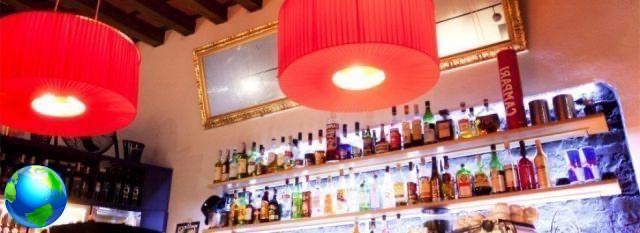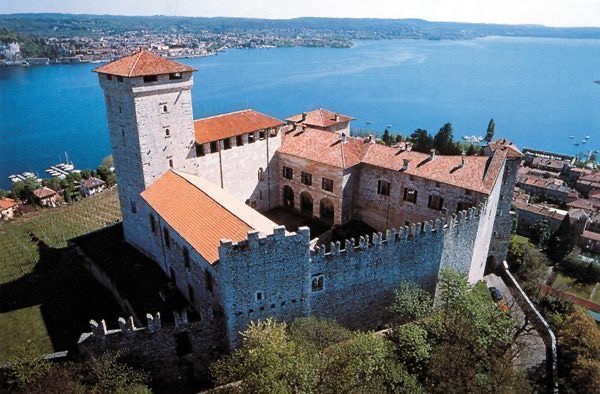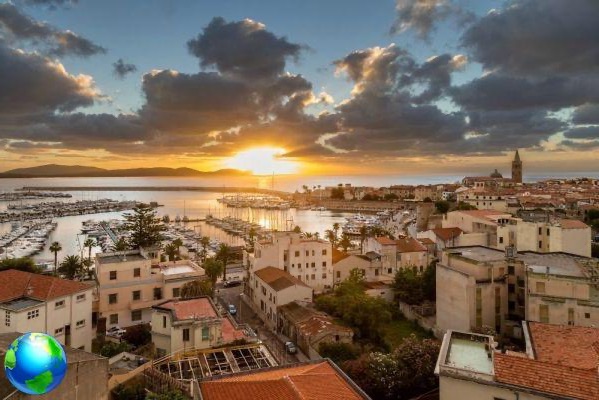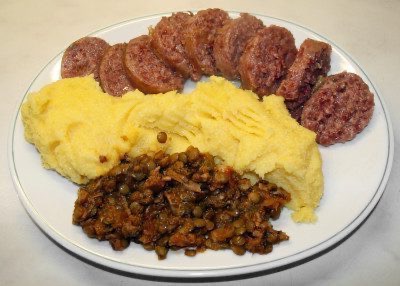Five things to do and taste in Cherasco, in Piedmont. Not only castles in the land of the Savoy, but much, much more, come and read the list of things to do and book your trip to Piedmont.
It may seem difficult to believe it, but the small Piedmontese town of less than 10.000 inhabitants has a past as good as Versailles or Fontainebleu. The city of Cherasco, which already existed in Roman times, played a fundamental role during the Napoleonic wars: it was here that in 1796 it was signed the armistice of Cherasco. Underwritten by Napoleon, the treaty redesigned the European borders and put an end to the hostilities between the French Republic and the Kingdom of Sardinia.
It is a small town full of history and art, but in one day you can focus on five things.

The arches
Impossible to cross Cherasco without passing under one of the two arches that seem to guard the small town. The most impressive is theArch of the Belvedere, built at the behest of Vittorio Amedeo I of Savoy in 1647, when the court took refuge in Cherasco to escape the plague epidemic that broke out in Turin between 1630 and 1631. Not even a kilometer away, on the opposite side of the same street , opens theArch of Porta Narzole. It is much more recent than that of the Belvedere, but it was not finished due to the outbreak of the war. The two arches enclose centuries of history in the buildings overlooking Via Vittorio Emanuele: the Hospital of the Sick, already recognized in 1460 as a nursing home; the Palazzo Burotti di Scagnello, a historic building from the XNUMXth century; the Church of the Madonna del Popolo, characterized by the exposed brick facade, similar to that of another historic building, the Palazzo Brizio di Veglia. A few steps away is the Town Hall Tower, decorated with two sundials and one money which indicates the phases of the rising and setting of the moon.

Salmatoris Palace
For a long time it was considered one of the most prestigious buildings in the whole province. It owes its name to the Salmatoris brothers: in the seventeenth century they took care of the renovation of the fifteenth-century palace that was the home of the Lords of Manzano. Since then it has suffered a fluctuating fate: the shroud at the beginning of the 1700s, while during the two wars it was transformed into a dormitory and seriously damaged by soldiers. For just over thirty years it has been owned by the Municipality, which uses it to set up shows and exhibitions. In the nineties it hosted works by artists such as Picasso, De Chirico, Guttuso, Chagall and Magritte. Since April, a room has been renovated and entirely dedicated to Romano Reviglio, a Cherasco painter who for all his life was deeply linked to his country of origin, always at the center of his works.

The Jewish community and the Bra sausage
I walked through Via Marconi hundreds of times, and I never noticed the presence of a synagogue in the center of Cherasco. The house number 6 is a plastered building in a color between light gray and ecru, with a wooden door that goes completely unnoticed. It is the heart of what was once the Jewish ghetto of Cherasco and, as often happened with the synagogues in the ghettos, the external appearance had to be as sober as possible so as not to reveal what was inside. In stark contrast to the facade, the prayer hall is richly decorated in Piedmontese Baroque style, with carved wood carvings, paintings and Hebrew inscriptions. During the twentieth century the Jewish community of Cherasco gradually disappeared, despite having been one of the most flourishing in the area in the sixteenth century. To the point that a Royal decree in 1847 he authorized the butchers of nearby Bra to produce the sausage - commonly made with pork - using only beef. It was a unique case in Italy, given that at the time the production of beef sausage was even prohibited by the Albertine Statute. It is therefore thanks to the Jewish community of Cherasco that the fame of the Bra sausage, now produced 80% with beef and 20% with pork belly, has crossed the borders not only of the city but of the entire region.

The Kisses of Cherasco
Like most of the small towns in Piedmont, the city that hosted Napoleon is also known for the production of sweets, which are also called kisses in this case. It is a shared name with the confectionery specialties of at least another twenty neighboring cities, but i Cherasco kisses they differ from the others for the ingredients and the production technique: in fact, only dark chocolate and hazelnuts of the tonda gentile di Langa variety roasted in a wood oven are used. The result is a small chocolate with an irregular shape and an incomparable flavor, produced only by two pastry shops: Barbero (its founder was the creator of the Baci recipe in 1881) and Ravera. Baci are excellent at the end of a meal, but keep in mind that once tasted it is impossible to stop!

Osteria La Torre
After an afternoon spent walking through the streets of Cherasco, the best end of the day is dinner at La Torre. It is a family-run tavern, where you can breathe the air of the past: the exposed bricks on the walls, the cheese cart, the paintings of local painters on the walls, the menu of the day told verbally. While in the kitchen Marco and his son take care of the preparation of dishes made with seasonal products, their colleagues in the dining room give advice on wine and food. The main rule is respect for the territory and, in this perspective, there is never a shortage of dishes based on snails, whose breeding has made the city famous. Excellent in Parisian cocotte, but also stewed. For those who do not like snails, do not miss the stuffed onion with Bra sausage, egg with asparagus and fondue, the gnocchi with Castelmagno and baked lamb. If the weather permits, you can eat in the outdoor area set up in the internal courtyard, where for a couple of hours you forget any worries: the noise of the cars on the road is distant, the heat of the day is now a distant memory. The only thing that matters is the fresh air, the white wine and the zucchini flowers stuffed with anchovies.
One last tip for those arriving from afar or for those who want to immerse themselves completely in the Cherasco atmosphere: there is no shortage of B & Bs in the center and in the neighboring villages, but for those who prefer the comforts of a hotel, then the options with an excellent value for money the Hotel Somaschi and the Napoleon, both in the center.





